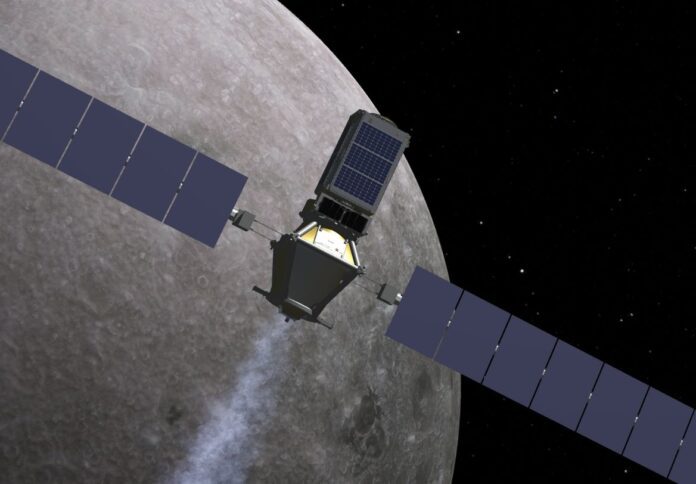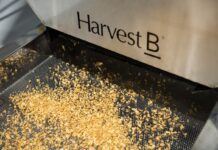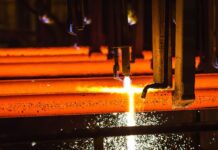
The Sovereign Manufacturing Automation for Composites CRC (SoMAC CRC) has initiated its first research partnership with Gilmour Space Technologies and the University of Queensland (UQ), which might result in the creation of a low-cost solution for safeguarding space launch vehicles and spacecraft from intense heat and pressure.
The inaugural project will involve the science-backed development of cost-effective, sovereign high-temperature materials employing polymer-based ablative materials, as revealed in a joint media release.
UQ has long been a leader in high-temperature ceramic and polymer matrix composite applications in Australia, and the university expressed its excitement to be a part of this new space adventure.
“The Australian Space Technologies sector is in growth phase, with Gilmour Space leading the way in launch vehicles,” said Dr Michael Heitzmann, co-director for the Centre for Advanced Materials Processing and Manufacturing (AMPAM) at UQ.
He said that working on this initiative with Gilmour Space and SoMAC CRC is an exciting next step for the university – and for the manufacturing industry – to make space technology more accessible and cost-competitive.
David Doyle, Gilmour Space’s program manager for launch vehicles, said he looks forward to collaborate with SoMAC and UQ on the development, testing, and commercialisation of high temperature composite materials for Eris launch vehicles.
Meanwhile, SoMAC CRC CEO Dr Steve Gower said he is pleased to unveil the research centre’s inaugural project, the results of which could assist propel the country’s manufacturing economy forward.
“SoMAC CRC is open for business, and this inaugural project is exemplary as an industry and research collaboration,” explained Dr Gower.
“Working together with partners Gilmour Space and UQ, we are seeking to resolve practical industry challenges, while simultaneously building workforce capability and capacity through Higher Degree by Research (HDR) training and industry placements. We are excited to have lift-off, and to start deploying our main mission – to position Australia as a future leader in composites technologies,” he concluded.



















